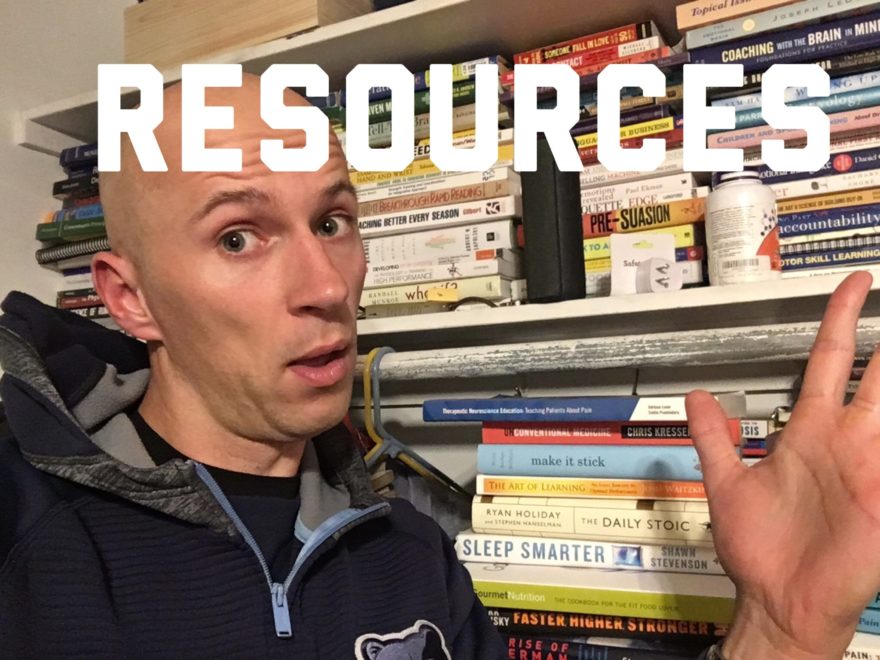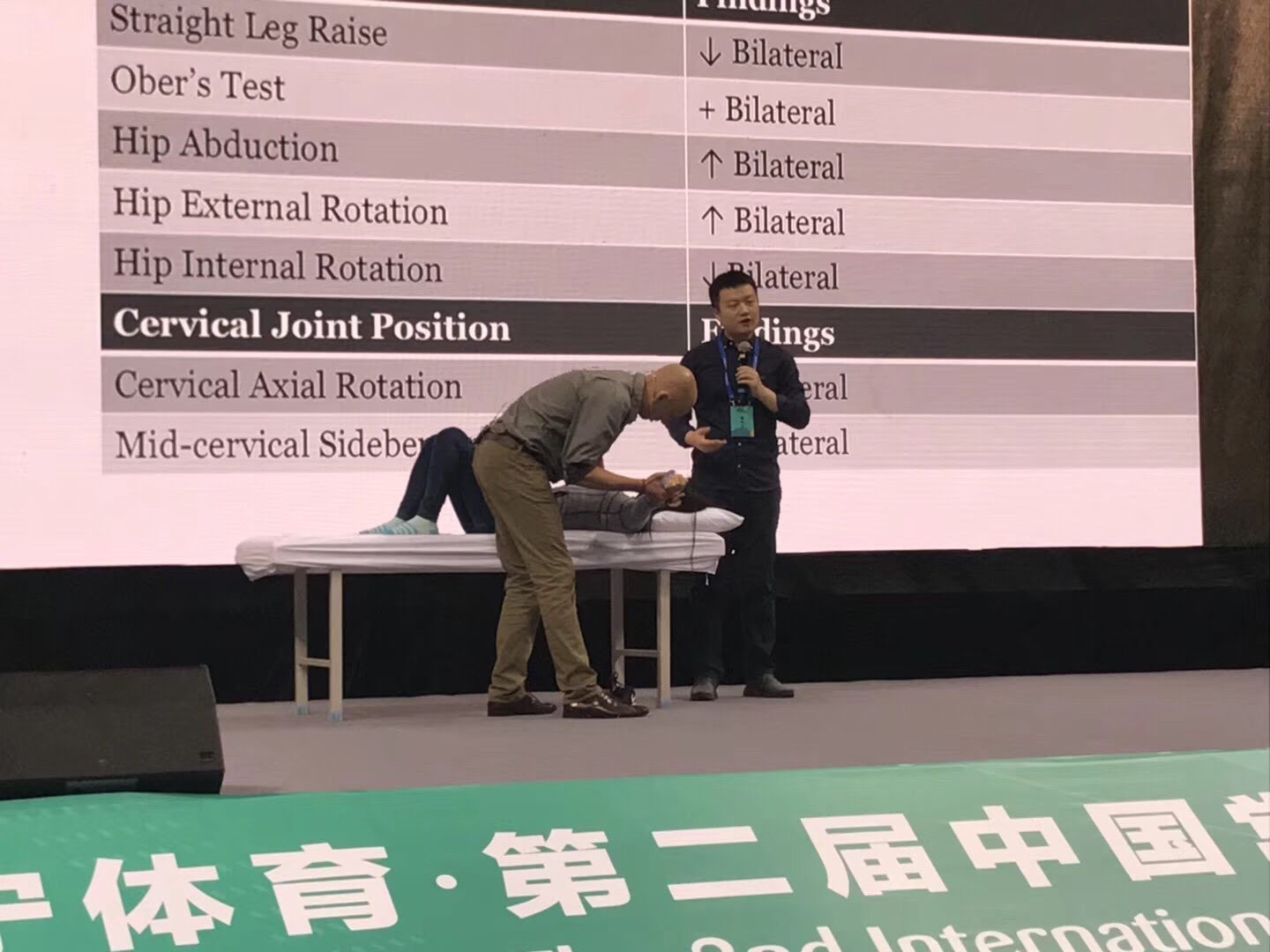I oftentimes get asked what resources I recommend. The resources listed below have been essential at putting me down the path that I am currently going, and have shaped how I practice today.
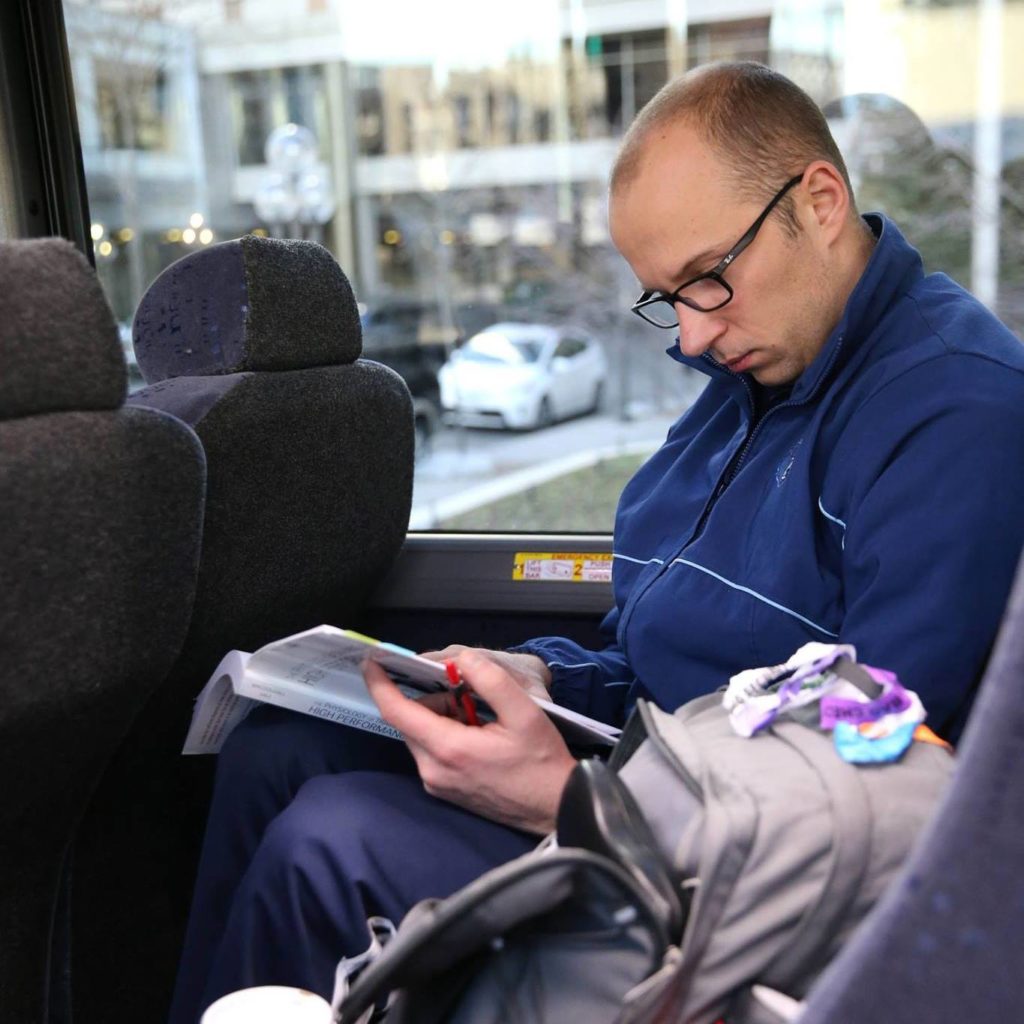
The cool thing about this list? None of these are set in stone. If I find a better resource, or one of the blogs I recommend starts to resonate with me less, it leaves the list (no pressure).
I want to give you guys the most up-to-date resources as humanly possible, so please check back here frequently.
If you’d like articles and such that are tripping my trigger as of late, you may want to sign up for my newsletter. You’ll also get some access to almost 3 hours and 40+ pages worth of exclusive content on pain and breathing.
[yikes-mailchimp form=”1″ submit=”Oh wow, free stuff? Absolutely!”]
Here are my resources:
Table of Contents
Foundational Sciences

Video series
Makemegenius – A youtube page dedicated to explaining scientific concepts that a kid could understand.
Crashcourse – Another series of short videos explaining complex scientific topics and more in 15 minutes or less. I wish I had this in undergrad.
Books
Gilroy Atlas of Anatomy – Easily the best paper anatomy atlas you can find in the land. The angles drawn, the clarity of pictures, this atlas has it all. Wait until you see the subocciptals from the side. #mindblown
Guyton and Hall Textbook of Medical Physiology – Easily the best and most comprehensive physiology textbook in the land, the depth at which this book dives into with concepts is otherworldly. If I need clarification on a physiological process, this is my go-to.
Physiology of Training for High Performance – Easily the best exercise physiology textbook I’ve come across. Very few explain the energy systems with such depth, and I absolutely love the sections on the stretch shortening cycel
Kinesiology of the Musculoskeletal System – Neumann is the gold standard for explaining how each joint works in the human body. There is simply no more of a comprehensive resource on movement than this book.
The Physiology of Joints Volumes 1, 2, & 3 – If you want a more thorough understanding of joint structure and function, look no further. Just good luck finding copies that won’t cost you an arm and a leg.
Why Zebras Don’t Get Ulcers – The classic written by the master himself, Robert Sapolsky. This is the gold standard text on all things stress. His writing style makes a normally boring topic exciting to read.
Principles of Neural Science – Prepare to have your mind blown. The depth at which the neurology goes within this book is incredibly challenging, but if you need to reference something neuro-related, this is the book to have.
Apps & Technology
Visible Body Atlas – The gold standard 3D anatomy atlas. The visuals are stunning, and it is incredible to see how the anatomy looks from multiple angles.
Visible Body Muscle Premium – Yes, you need this too. Seeing how muscle contract to move the bones is worth the price of admission.
Rehabilitation
Blogs & Podcasts
Bill Hartman – Daddy-O Pops Bill Hartman is the cat who I look up to the most, not just in the PT realm, but in life. His blog consists of neat little tips to improve multiple aspects of your life, and he is the go-to-guy when thinking about developing your system or model. I appreciate his systematic approach.
Resilient Peformance Physical Therapy – My boys, Doug Kechijian, Trevor Rappa, and Greg Spatz, put out a lot of great content. These guys do such a great job of putting problems of the profession into perspective, and looking at things with as little bias as possible.
Doug also host a wonderful, eclectic podcast, where he interviews many people within and outside the profression, drawing comparisons to things we experience in performance and rehab.
Mike Reinold – Mike is who I look to for all things post-surgical, pathology, and PT research. I admire his breadth of knowledge base in these areas, and his Ask Mike Reinold show is full of great pearls.
Charlie Weingroff – Charlie is one of those cats who does a good job bridging the gap between rehabilitation and performance. Though I know we practice differently, I find myself nodding my head a lot when he discusses systems and principles. I appreciate his ability to integrate multiple thought processes into his own approach.
Modern Manual Therapy Blog – If I want to learn about manual therapy, TMJ, and more, Erson is my guy. I took his course many moons ago, and admire how well he assimilates multiple systems into his own approach.
Seth Oberst – I love how Seth integrates meditation, interaction, threat reduction, and many other aspects into his approach. When it comes to stress mitigation, Seth is the guy.
Scott Gray – Scott is a PT I admire when it comes to evaluation, testing, and diagnosing conditions, definitely not my strongest suit of things.
Healthy Wealthy & Smart – A podcast put on by a physical therapists named Karen Litzy, Karen goes around interviewing physical therapists from all walks of life. I’m always getting an inspiration to study something further or a pearl of clinical application every time I listen to her interviews. Her advocacy for the physical therapy profession is admirable.
The Ca$h Based Practice Podcast – Jarod Carter was the early pioneer regarding building a cash based practice. Business was never my strong suit, so getting access to the information in this podcast has been clutch.
PT Adventures – How do I learn about contract negotion? What do I look for in a recruiter? OMG where was that picture taken?!?! These guys know all the ins and outs when it comes to travel PT, and are by far the foremost experts on the topic. Their complementary E-book is an absolute must, even if you aren’t considering travel.
Apps & Technology
A Manual of Acupuncture – I was taught dry needling through somewhat of a medical acupuncture lens, and if you dive into the literature you’ll need to know the acupuncture points. I would be lost if it weren’t for this app.
Recognise Apps – Essential for graded motor imagery retraining. This app not only has graded left/right discrimination challenges, but also tracks accuracy and timing. The best on the market, and has all body parts available.
Books
Diagnosing & Assessment
Differential Diagnosis for Physical Therapists – Do no harm is priority number one. This book is your guide that ensures you keep people in your clinic who you can help, and refer those who you can’t.
Primary Care for the Physical Therapist – If we push the physical therapy profession to first line providers, this text will become more and more essential. This book teaches you the things you need to know to become a primary care provider.
Orthopedic Rehabilitation Clinical Advisor – When it comes to specific orthopedic diagnoses, this is by far the most user friendly. This book gives you ideas in terms of differential diagnosis, testing, prognosis, and so much more.
Netter’s Orthopedic Clinical Examination – Want to know which tests are most accurate and effective? This text is the one for you then. Love how they look at multiple different assessment pieces, and use evidence to either support or refute their utility.
The Malalignment Syndrome – Want to understand and appreciate asymmetry in the human body? Then this is the resource for you. This book shows many of the common restrictions seen in our movement assessment, and explains from an osteopathic standpoint what is going on.
Pain & Nervous System
Why Do I Hurt – The essential book for understanding basic pain neurobiology in the easiest way. I absolutely love Adriaan Louw’s analogies and examples for explaining pain to patients. It’s a quick read well worth the time.
Therapeutic Neuroscience Education: Teaching Patients About Pain – In the explosion of pain science books, this one is by far the most practical. Here Adriaan Louw simply explains how pain works, and provides excellent strategies for educating patients with easy-to-understand language.
The Sensitive Nervous System – This is the heavy version of understanding how this whole nervous system and pain works. David Butler discusses the nervous system, central sensitization, neurodynamics, and so much more. Fantastic read. [read the book notes here]
Clinical Neurodynamics – Michael Shacklock looks at the concepts of neural mobility through a more anatomical and physiological lens, and taught me how to appreciate the neural container (the tissues surrounding the nerve). [read the book notes here]
Topical Issues in Pain Volume 1 – Louis Gifford is all about not getting too sciency and more about practically applying this pain science stuff. His early work is essential reading.
Treatment
Recognizing and Treating Breathing Disorders – If you want to know all the essentials in applying breathing to treatment, this is the gold standard. Anytime I go to review physiology of breathing, this is my go-to text. [read some of the book notes here]
Region-Specific
The Pelvic Girdle – Diane Lee provides the go-to resource for learning all things about the pelvis. The first half of the book is gold—anatomy, kinesiology, etc. The treatment half? Well, it’s not what I would do, but whatever 🙂
Orofacial Pain – This book is incredibly dense, and surprisingly one of the best pain science texts around. But if you want to learn the ins and outs of orofacial pain, it’s a must.
Hand and Wrist Rehabilitation: Theoretical Aspects and Practical Consequences – To go-to for all things hand and wrist. The graphic showing wrist kinematics are like nothing I’ve ever seen, and worth the price of admission.
Courses
Spinal Manipulation Institute – These guys are the go-to for learning dry needling. I’ve also taken their extremity manipulation class, which was nicely done as well. The consistent theme with all of their coursework is evidence. They do a great job outlining what the research says, and even what it doesn’t say. I appreciate them attempting to minimize their biases.
Active Release Technique – I only took these because I was able to go on someone else’s dime, and I was pleasantly surprised. The preparation and execution of the class greatly improved my understanding of anatomy and movement. The technique and concept itself is simple, yet quite effective. Especially considering the short amount of time it takes. It’s a great soft tissue technique, though pricier than necessary.
Johnny Owens Bloodflow Restriction Training – I thought this was a gimmick at first, then my boy Johnny Owens dropped research bombs on me left and right. I was amazed at how effective this was, and I’ve personally seen some nice changes both in myself and clients with utilizing BFR. Johnny hosts the gold standard class.
Postural Restoration Institute – A good way to get you started thinking about the movement system as a whole, and seeing how exercise selection can impact multiple areas. I typically recommend the following class order: Myokinematic Restoration → Postural Respiration → Pelvis Restoration → Impingement and Instability. I would cap it at that. I’ve found if you have a good understanding of these courses, and enrich your understanding with similar sources, you’ll rarely if ever need to explore the more esoteric routes.
Dermoneuromodulation – ART is a bit more aggressive of a manual technique, DNM is much much lighter and quite effective. Diane also has the best explanation on manual therapy mechanisms I have ever come across, and that is worth the price admission alone.
Explain Pain – When I took this class by David Butler, I was absolutely blown away. Easily one of the best classes for understanding pain mechanisms, and some of most helpful metaphors you will find for education.
Therapeutic Neuroscience Education – Whereas Explain Pain is more science-heavy, Adriaan Louw’s iteration is all about practical application. He has some of the simplest and most effective ways to explain how pain works to clients. A must take.
A Study of Neurodynamics: The Body’s Living Alarm – While I haven’t taken this class formally, Adriaan’s version of Mobilisation of the Nervous System had way more practical applications that other iterations of the class I’ve taken. When it comes to neurodynamics, you need treatment ideas. Adriaan is the guy who I got that from the most.
Graded Motor Imagery – What do you do when all movements hurt? That’s where GMI comes into play. This class takes you through introducing someone into movement by teaching left/right discrimination, visualization, and mirror therapy. I use this quite a bit in early phases of rehab; especially if someone is not allowed to move the affected area.
Performance
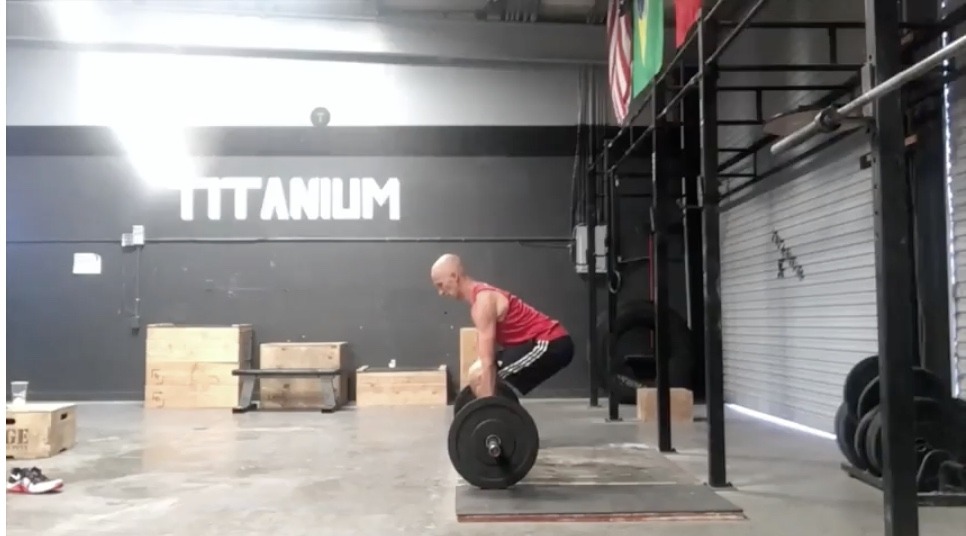
Blogs & Podcasts
Mike Robertson – Mike was one of the first dudes that got me inspired to dive into this field. He has some of the most in-depth coaching posts like ever. Period. We also think very similarly from a coaching standpoint. Head to his site if you want to learn how to design a comprehensive strength training program for general population to athletes alike.
Mike also hosts one of the best podcasts in performance, in which he interviews a bunch of people in the fitness industry, including this joker.
Eric Cressey – Been a big fan of Eric for a very long time. His book, Maximum Strength, was one of the first training programs I used that led to appreciable gains in strength. His knowledge of the upper extremity and shoulder is unparalleled, and that includes the rehabilitation
Darkside Strength – This is a good compilation site for a wide variety of performance topics. Ranging from med ball throws, to thorax rotation, to posture, you’ll find just about anything you’d like to learn about on this site.
YLM Sports Science – Yann Le Meur is awesome. What he does is takes important research articles, and disseminates them into useful infographics. If you want to get a quick summary of relevant research articles, here’s the site.
Joel Jamieson – Joel is the foremost expert on all things conditioning. I love how he integrates sports science (namely heart rate variability) and many other measures to make logical programming decisions.
Lance Goyke – Lance is one of my dear friends who writes on a wide variety of topics; ranging from building mass, to how overrated stretching is, to excellent physiology lessons. I love his 4 point Friday that he sends to his newsletter peeps, as he exposes you to very cool reads and listens on a wide variety of topics.
TD Athletes Edge – The place my boy Tim Difrancesco built. Here, Tim discusses all factors that are relevant to performance, such as diet, sleep, stress management, and movement. I really like the stuff Tim puts out because we have very aligning philosophies.
Tony Gentilcore – Tony is a guy who I refer to quite a bit regarding coaching cues and the like. Cat has one of the prettiest deadlifts in the game, so have to throw mad respek his way.
Dean Somerset – Dean is my go-to guy for post-rehab training. Love how he incorporates a wide variety of things into his training, and he always writes posts that make me think.
Bret Contreras – I admire how much Bret is a steward of the science and all things evidence-based. He’s also the guy who pioneered the hip thrust exercise. While not something I incorporate much in my training, definitely a great move if gluteal hypertrophy is your goal.
Chaos & Pain (NSFW, or most anyone) – With many of us emphasizing recovery, high/low methods, and not going too hard, sometimes you need a swift kick in the teeth and someone to tell you to get after it. That’s why I go to Jamie Lewis. The guy is also an encyclopedia when it comes to old time strength people and cooking stew. Definitely an underrated site.
Apps & Technology
Polar Beat – If you play with heart rate training, this app is a must. Here it’ll track your heart rate, time spent exercising, and so much more.
Tabata Pro – My favorite app for interval training. Simple, easy to use, and effective in both visual and auditory cues for when to go!
Books
All Gain, No Pain – Yeah, I’m a little biased (I did write the foreword after all), but Bill Hartman’s first book is an instant classic. I love how all-encompassing this book is. You’ll get an understanding of pain, stress, performance. But most importantly, you’ll be able to design a program that is specifically built for you. If you are post-rehab and looking for a way to get back into training, this book is a must.
Ultimate MMA Conditioning – Aka energy systems and application made ridiculously simple. Joel Jamieson’s classic book teaches you most of what you need to know when designing effective conditioning programs. It’s an essential read.
Starting Strength – If you want to enhance your understanding of the mechanics of basic lifts, this book is essential. My favorite section is the squat chapter.
New Functional Training for Sports – Mike Boyle has some of the best progressions that are simple and easy to execute. I like this book a lot because it is all practical application. His jump progression makes up a bulk of how I introduce the concept of jumping to my clients.
Essentials of Strength and Conditioning – Yeah, the exercise and nutrition sections are lackluster, but you’d be hard pressed to find a better overview of all things S&C. Some of the basic science chapters are easy to understand, which is incredibly valuable to me.
Spark – This book will make you rethink just how powerful aerobic exercise is.
Courses
Resilient Movement Foundations – An essential class to attend if you want to master the basic movements. I also like how if a movement cannot be performed, the boys at Resilient give you methods to assist in performance. If you want an overview, check out my course notes.
FMS Level 2 – While I’m not an avid FMS/SFMA practitioner, I thoroughly enjoy their intelligent exercise progressions and coaching styles. Some of the variants taught at the level 2 in particular are things I readily incorporate into my practice.
Derek Hansen – One of the best sprinting coaches I’ve ever come across. His seminar that I attended was all about practice application, and his simple coaching cues to improve sprinting have made a huge impact in my clientele. Want to learn sprinting? Here’s the guy.
Tim Gabbett – The acute:chronic workload is a fundamental principle that we must all consider in both the rehabilitation and performance realms. No one teaches it better from an application standpoint than Tim Gabbett.
ALTIS Apprentice Coach Program – How does getting to learn from the likes of world class track coaches Dan Pfaff and Stu McGill for a week sound? One of the best investments I’ve ever made, you learn basically what you want to learn from this apprenticeship program. The biggest takeaways I got involved the art of coaching, resiliency training, plyometric programming, and that’s just a small taste.
Certified Speed and Agility Coach – Lee Taft is the foremost expert when it comes to multidirectional training. This online cert provides a great overview of all the skills one must possess when playing a multidirectional sport.
Nutrition, Functional Medicine, Sleep, & Wellness

Blogs & Podcasts
Mike Roussell – Mike is one of my favorite nutrition peeps in the land. Responsible for the great book the Metashred Diet, a diet I used to drop my first 20 pounds, Mike is all about practical application in regards to dieting. His steps are simple, easy to use, and require easy changes in behavior. Definitely a guy to learn from.
Chris Kresser – Chris hosts one of the most comprehensive functional medicine combined with ancestral diet resources I have ever seen. Many of the things he has posted on my site have helped me a great deal with some of the health issues I have experienced, and his practioner program is very intriguing to me. You will not be disappointed by what he has to say.
The Paleo Solution Podcast – Hosted by Paleo extraordinaire Robb Wolf, I amazed at how well versed he is in the wide variety of topics discussed in this podcast. Whether he’s interviewing a sleep expert, paleo enthusiast, or
Rhonda Patrick – RP (#bae) has gotten me so much into genetics, fasting, sauna use, and many other topics. The papers she puts out for her newsletter peeps are beyond comprehensive. Definitely check out her site, listen to her podcast, and consume as much as possible.
Peter Attia – This blog is technically retired, but Dr. Peter Attia is a wealth of information when it comes to all things functional medicine. I admire his approach and emphasis on blood sugar management, hormones, and many more things. If I were ever to go to medical school, I’d want to turn out like this guy did.
Apps & Technology
Zero – This is the go-to app to use if you are experimenting with fasting. It times how long you’ve gone without eating, and keep you on target with the desired duration you wish to fast.
The Oura Ring – By far my favorite tracking device, and I’ve experimented with the best of them. The Oura ring is by far the most accurate sleep tracker you can buy. It also measures HRV, body temperature, activity levels, and the newer model do things for finding your circadian rhythm. All within a sleek looking ring. You’d be amazed at what you can learn from wearing this ring, especially in terms of what late night behaviors can impact sleep.
BrainWave – The best white noise app in the land. Also combines calming sounds with various waves that supposedly stimulate various brain states. Does it work? Who knows, but I’ll hedge my bets.
F.lux – An app that blocks blue light, the stuff that keeps you awake at night, on your screens. Essential for anyone who has to work on their computer late.
Books
The Metashred Diet – Just do it. That could be the mantra for this great read by Mike Roussell. Here, he just lays out a plan of attack to execute an all-out war on fat loss, and it is quite effective. I was able to drop close to 20 pounds staying militant on the 56 day plan, and I’ve kept up with many of the principles on a consistent basis.
Sleep Smarter – A little bit heavier on the esoteric sleep strategies, but I was blown away by how effective implementing these strategies have been. The biggest takeaway for me from this book was the importance of light exposure. A great read.
Take a Nap! Change Your Life – Who knew effective napping could be so scientific? If you want to get the most out of your naps, or question just how important napping is, let this be the answer.
Sleep for Success! Everything you Must Know About Sleep but are Too Tired to Ask – This book provides a little bit of background knowledge regarding sleep, and some easy strategies to implement to enhance your sleep quality. It’s a little salesman-heavy at times, but still a solid read nonetheless.
Courses
Precision Nutrition Level 1 – An excellent combination of overview, depth, and application of nutritional coaching. The emphasis on behavior change is critical, and I admire how that makes up the backbone of this great certification.
Personal Development & Entrepreneurship
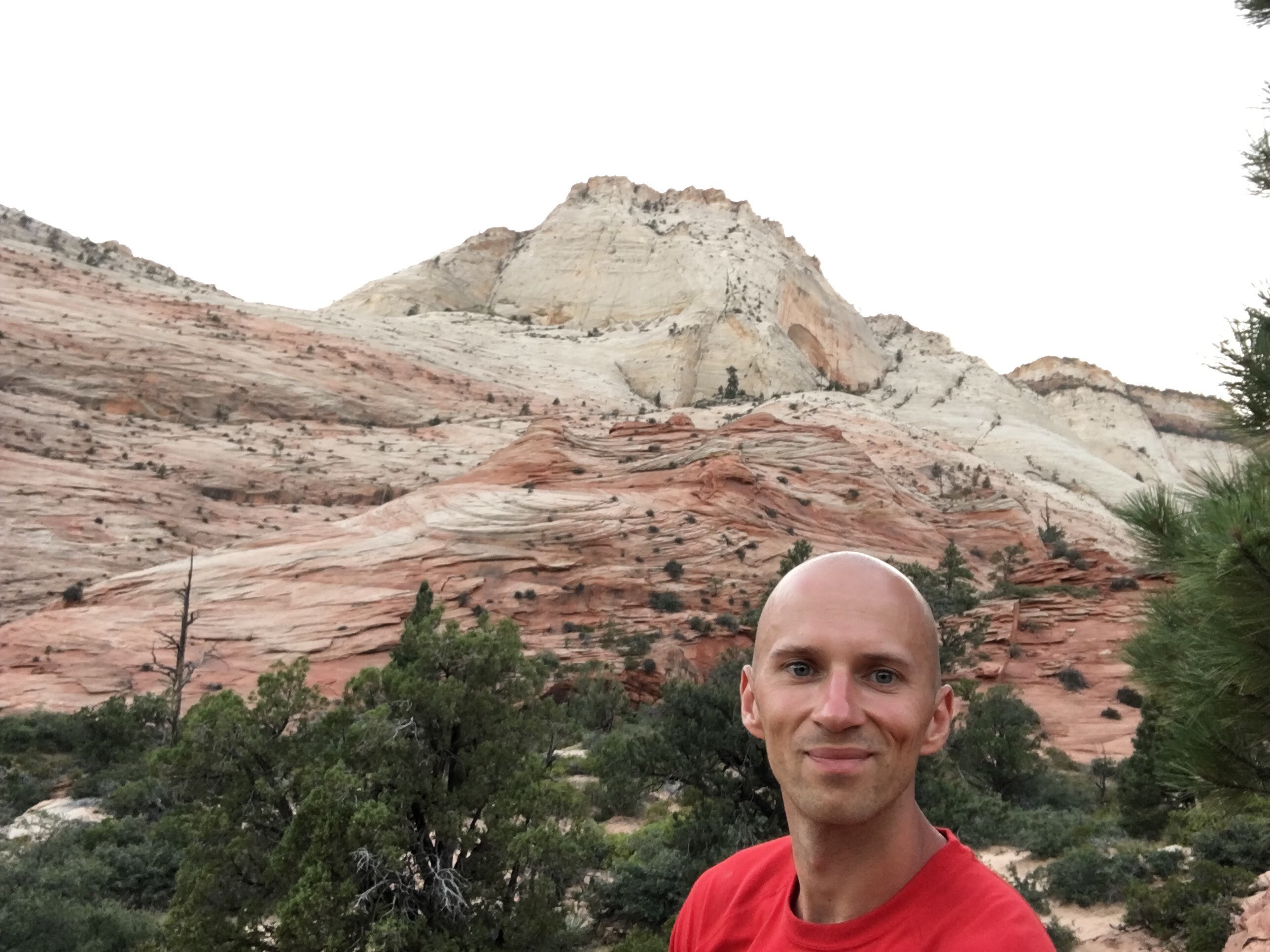
Blogs & Podcasts
Barking up the Wrong Tree – Probably my favorite blog on the internet. Like…for real. Why are you still here??? Eric Barker is a guy who researches many different topics, and breaks down the information into 3-5 applicable points. My favorite? How to be James Bond of course!
The Tim Ferriss Show – One of the most popular bloggers of all time, Tim goes around interviewing a wide variety of people, seeking answers on how to get the most out of life in the fastest manner possible. He also has great q&a’s and talks on building business and more. An essential listen.
Jocko Podcast – The podcast of former Navy Seal Jocko Willink. My favorite podcasts are his Q&As, where he problem solves listener questions with incredibly practical advice that you probably don’t want to hear, but need to hear. Definitely a life changing person to learn from.
Seth Godin – He writes a short blog every day that will either inspire you, make you rethink what you are doing, or be just the thing you need to hear.
I Will Teach You to Be Rich – Ramit Sethi promotes a message that really resonates with me. He writes profoundly on topics ranging from personal finance, entrepreneurship, and marketing. Definitely check this cat out.
Books
Extreme Ownership – One of the most impactful books I have ever read in my life. Consider it the practical guide for controlling the things that you can control. You’ll be amazed at what making this shift in mindset can do for you.
The Obstacle is the Way – I read this book during a rough patch in life, and it helped me appreciate how impactful adversity can become. It can break us or shape us. Use those hard things in life as opportunities to grow. This will help you along the way.
The Ego is the Enemy – Something I’ve struggled with through much of my life is squashing ego. This book was essential for doing that. Realize that you aren’t that important, keep a beginner’s mindset, and be humble. Understanding these three concepts will get you far in life.
The Subtle Art of not Giving a F*ck – After you’ve squashed your ego, read this bad boy to bring it up to appropriate levels. This book is essential in helping you understand just how frivolous most things in life are. I sweat so many fewer things thanks to this phenomenal read.
The Millionaire Fastlane – This book will forever change how you think about running your business, running your life, and why it is important to strive for a business that makes you millions. It’s more of a selfless reason than you think.
Unscripted – Another great in-your-face book by MJ DeMarco. This one makes you really think about striving for that 40 hour work week until your dead. Another life changing book.
The 4-Hour Work Week – Elimination, automation, and many more outstanding principles occur in this book. The biggest key I got from this was a guide on streamlining many of the processes I have in place from a business standpoint. It’ll definitely make you think about how you are currently running your life.
Discipline Equals Freedom Field Manual – On those days you lack motivation, or when you feel like blaming others for problems, or are experiencing tough times, just read one page. Never did a book exist that helped me refocus as well as this one.
The Definitive Book of Body Language – Nonverbal communication is essential to effectively communicating with a wide variety of people. You will be amazed at some of the relative nonverbal “mistakes” we make when interacting with others. Mastering this book will enhance your relatability to a high degree.
How to Talk to Anyone – Another great key read in maximizing verbal and nonverbal strategies to become an effective communicator. One of my favorite tips? Taffy eyes. Get it to learn more.
Apps & Technology
Evernote – My go-to note taking app. Syncs with most every tech device you own, and is pretty easy to use. Love how easy it is to categorize things, and you can even copy paper notes onto this bad boy. Essential for tracking many of my upcoming projects.
AllTrails – If you are an avid hiker, this app is a must have. I can’t tell you how many times this app saved me on questionable hikes, or given me access to hikes that I didn’t know about. In a class of its own.
Freedom – For those times you need to be immensely productive and the internet does nothing but distract you. This app will kick you off the internet for however long you so desire.
Deathclock – Another procrastination killer. Download this Chrome extension, and each time you open a new page you’ll see how many days you approximately have left to live. Morbid? Yes. Effective? Absolutely.
Photo Credits
